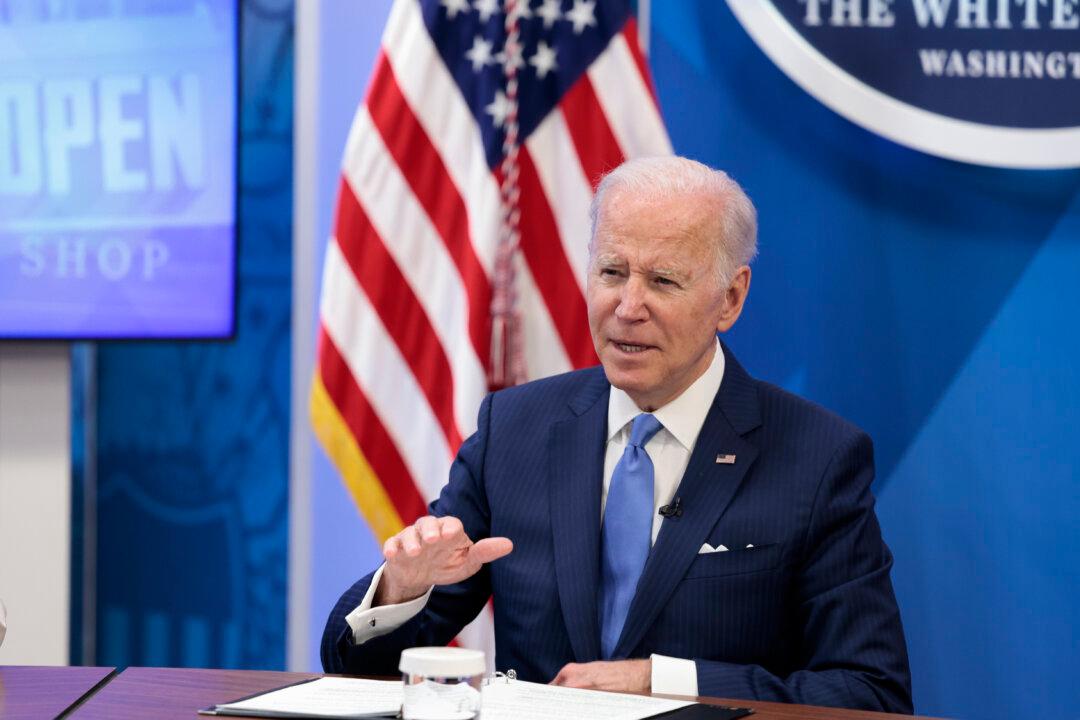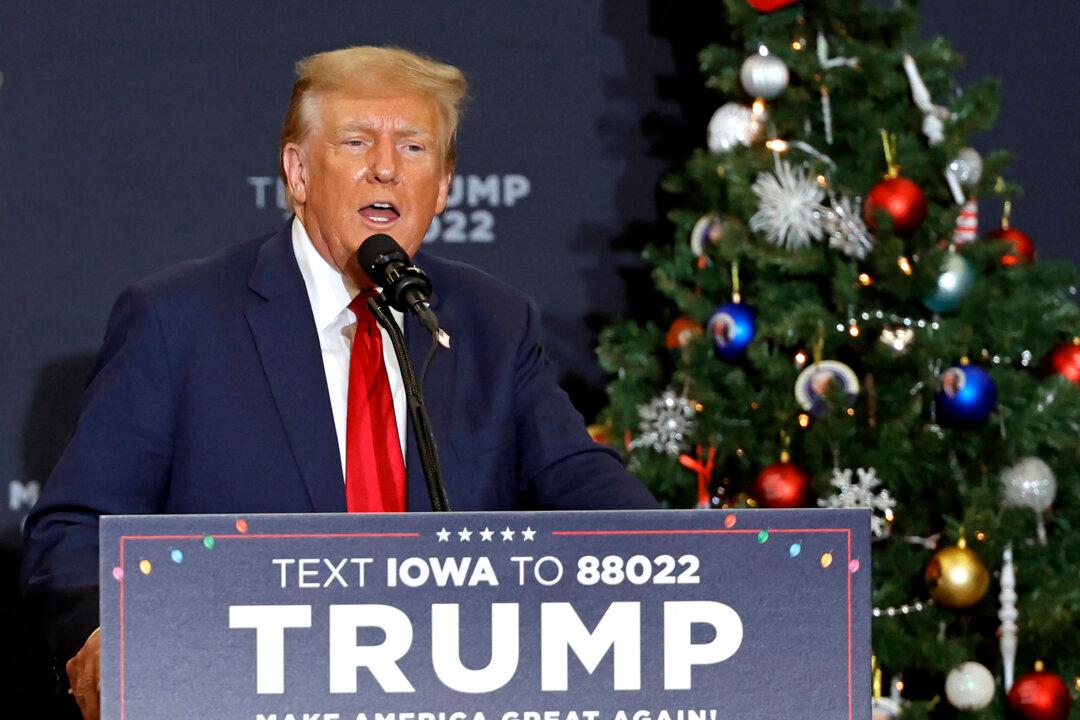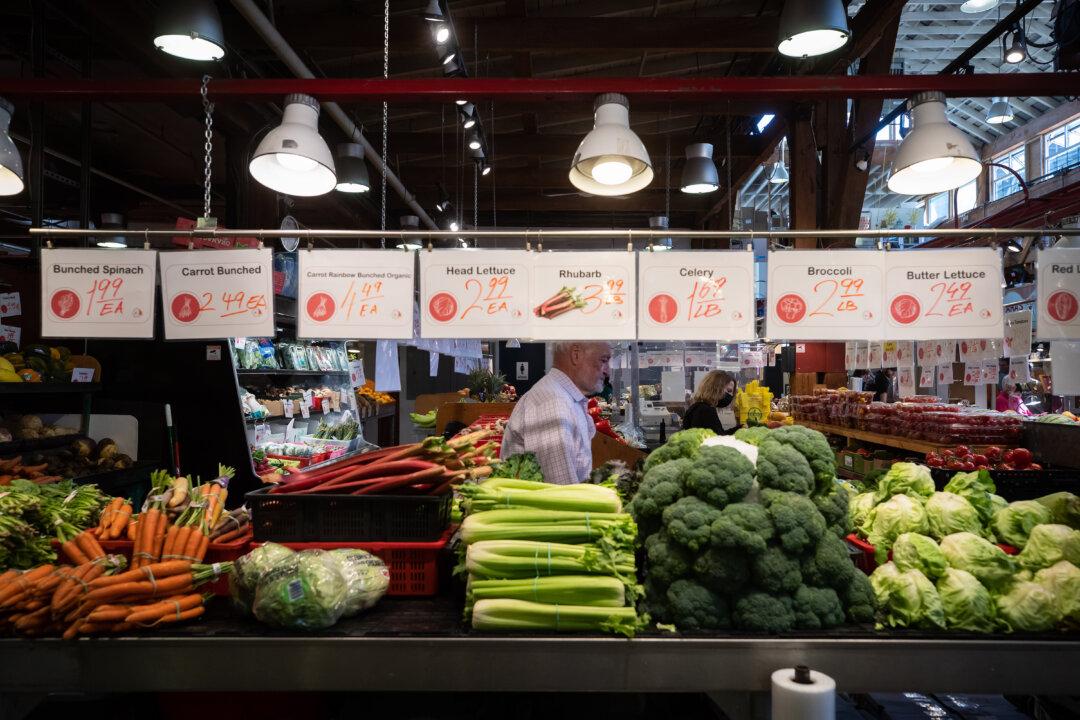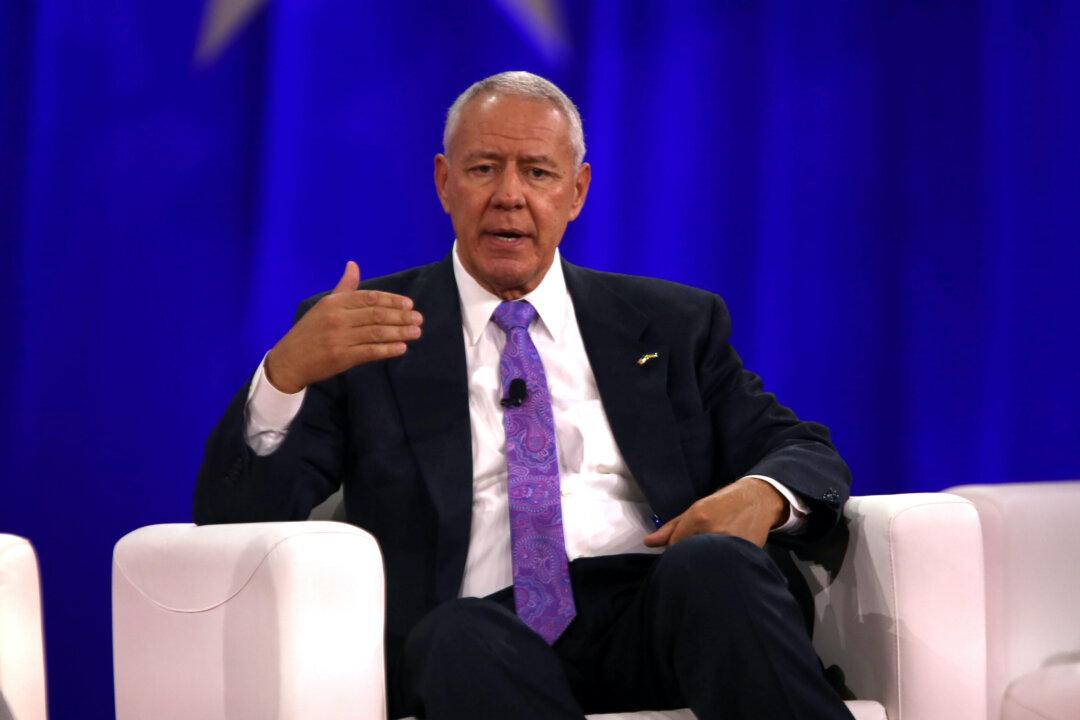A year ago, President Joe Biden was riding a 59 percent approval rating in the polls, having just signed what he called the “American Rescue Plan” (ARP), a stimulus package that the administration promised would “provide direct relief to Americans, contain COVID-19, and rescue the economy.”
A year later, having approved the $1.9 trillion ARP spending plan and another $1 trillion of spending on infrastructure, the U.S. economy has contracted, raising the specter of high inflation and low growth known as “stagflation,” as Biden struggles with his popularity.





